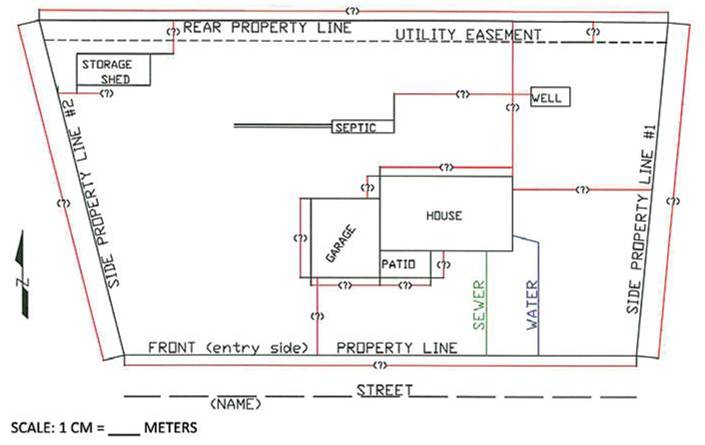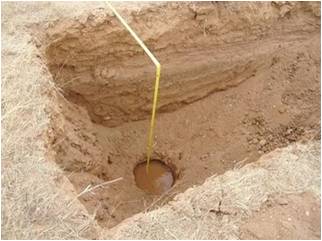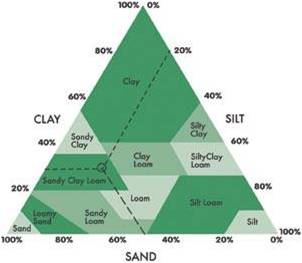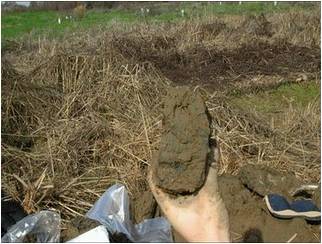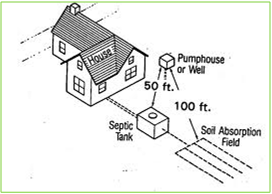Site Evaluation
Contents
Site Plan
The site plan is the best tool you have to communicate important aspects of your project. Follow this guidance to create your own site plan that is properly scaled and that identifies the key features of development and land available for wastewater treatment.
Soil Permeability and Leaching Systems
The ability of water to move through soil, or soil permeability, is an indication of whether you can use your site’s soil for wastewater treatment and disposal. The soil’s permeability equates to percolation of water through the soil. Follow the guidance below for simple methods of estimating percolation rate to aid in designing a leaching system.
Soil Texture and Structure
Simple methods of looking at and feeling the soil can provide information on permeability and structure. The information you gain can be used to verify conclusions reached from percolation tests and as a basis for determining the bearing capacity—the capacity of the soil to support weight on the ground.
Groundwater
Presence of groundwater can impact excavation and placement of tanks and other structures. For best results, determine the depth of groundwater before digging. Follow the guidance linked here to learn how to estimate the depth to groundwater below the surface.
Groundwater for Site Evaluation
General Considerations
This section discusses land use, slope and topography, drainage and other important considerations when assessing a site for suitability for onsite wastewater systems.
